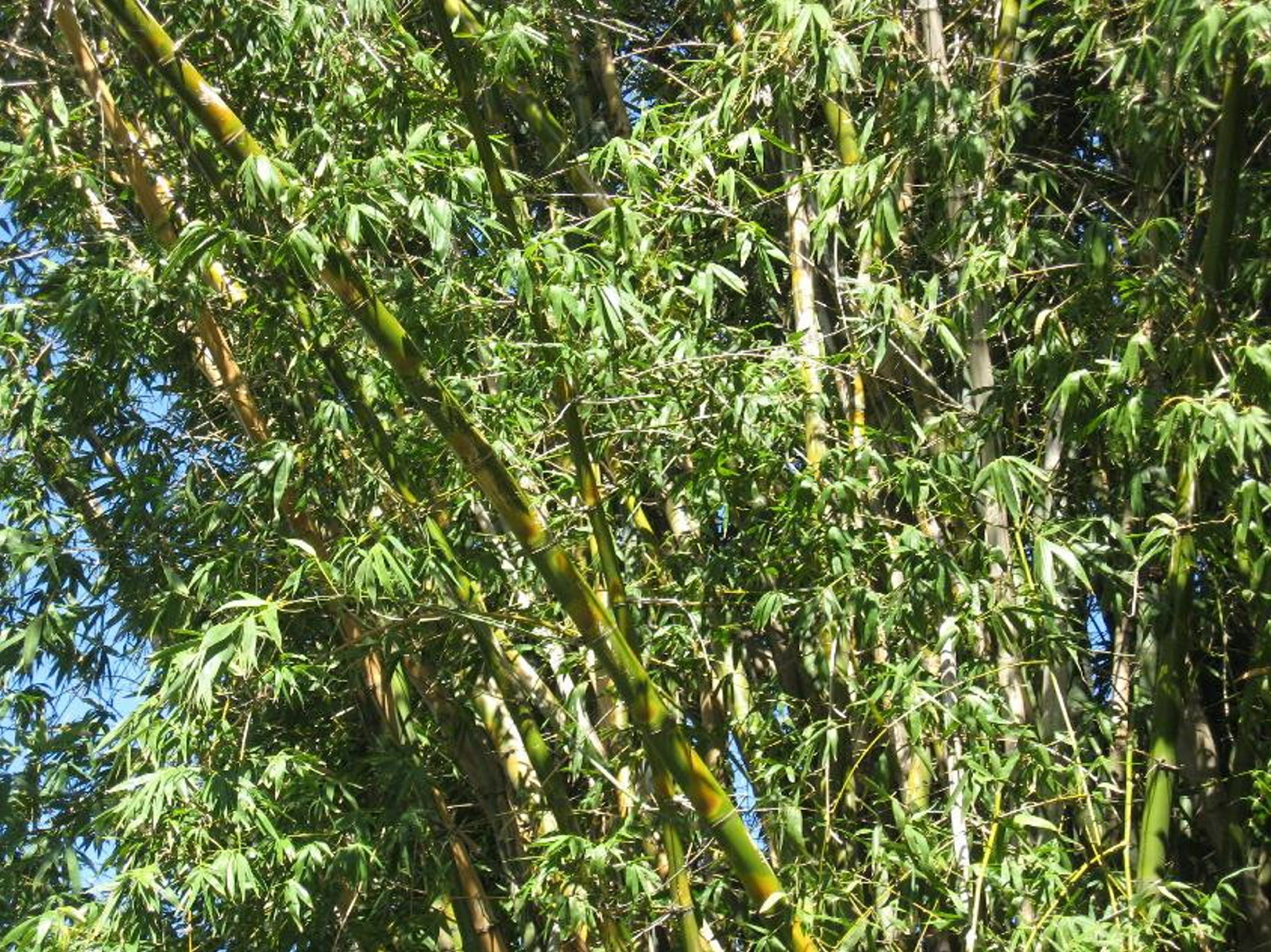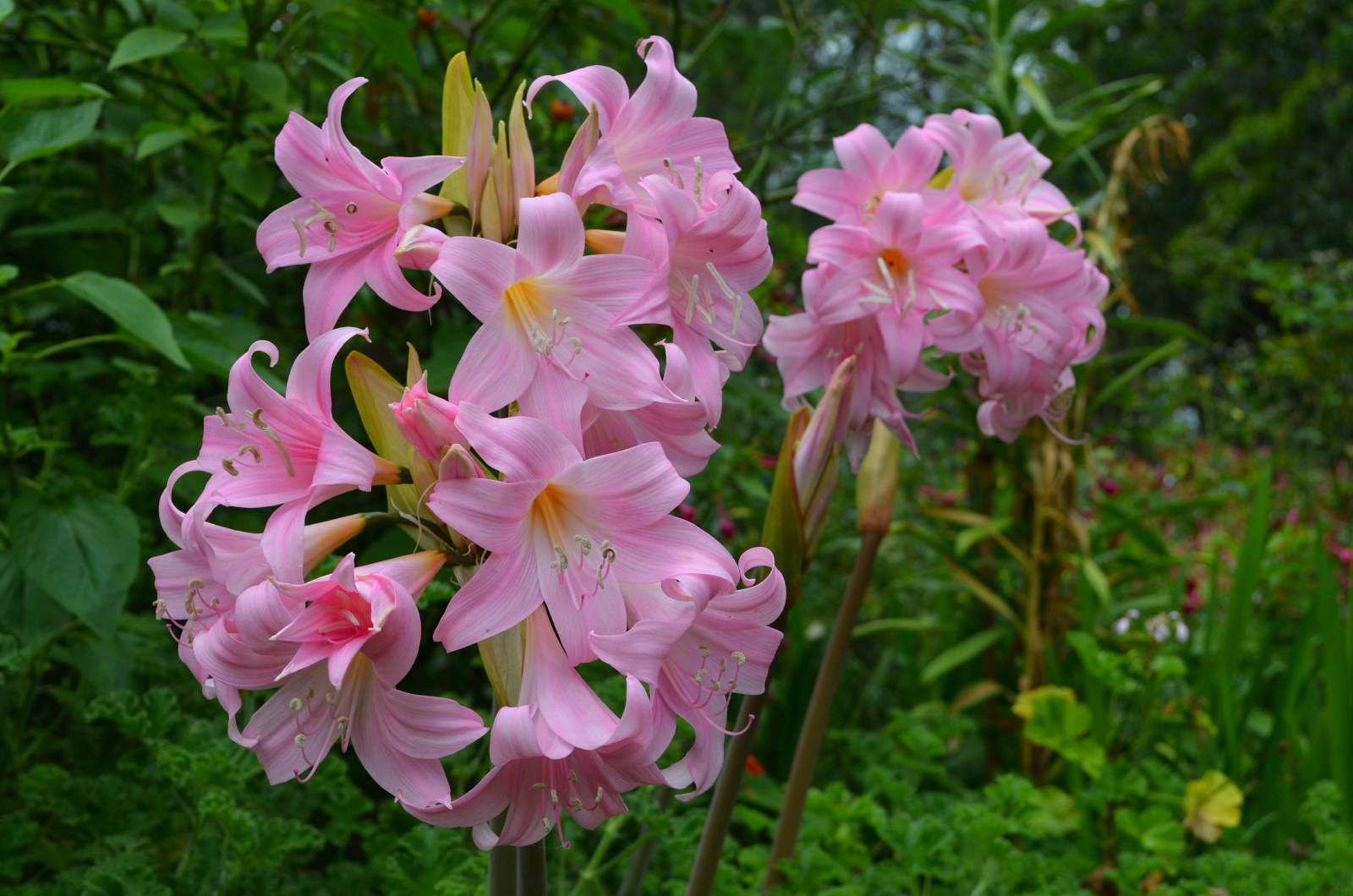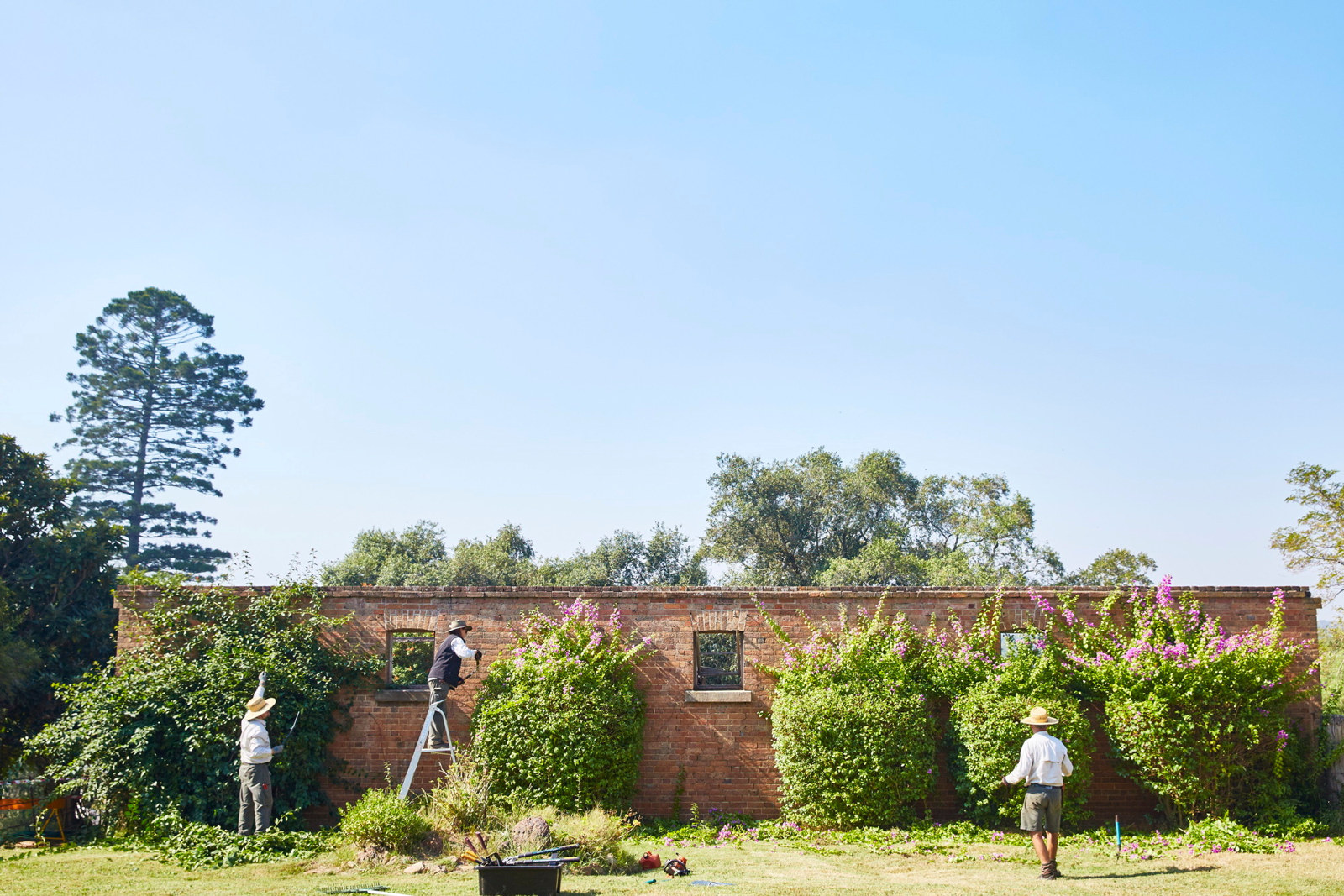In the pink at Elizabeth Farm
Late summer in the garden at Elizabeth Farm is a time of fullness and plenty. Bunches of sweet black Isabella grapes hang from a vine rambling along the sun-warmed kitchen wing. Out in the garden, the last of the gardenias sweeten the heavy morning air. The plumbago is a blue so electric it seems to cast its own shadows. And at either end of the long verandah, morning glory and Chilean jasmine twine up the iron latticework.
Amid all these old-fashioned favourites, the undoubted star of the show is the crepe myrtle (Lagerstroemia indica) – a frilly splash of lurid pink against the yellow sandstone of John and Elizabeth Macarthur’s late 18th-century homestead. Crepe myrtles are usually small trees, but this magnificent specimen may be a centenarian; it’s likely to have been planted by the Swann family, who lived at Elizabeth Farm from 1905.
One of the most beautiful flowering plants possible to see when in full bloom is the Lagerstromia indica …, a native of China. It grows and blooms freely in warm coastal districts. Occasionally some fine plants may be seen in old gardens.
Sydney Mail and New South Wales Advertiser, 24 March 1894
Most crepe myrtles you’ll find in gardens and nurseries these days are the ‘Indian Summer’ varieties developed in the United States from the 1950s; they include the popular, white-flowered ‘Natchez’. But many of the mature crepe myrtles lining Sydney’s streets – trees planted as seedlings between the 1940s and 60s – are cultivars developed in Sydney and Brisbane by Australia’s local nursery industry.
Director of Heritage Ian Innes is a self-described crepe myrtle ‘fanatic’. He delights in spotting these older cultivars in and around the city. ‘If you look around the northern suburbs – Chatswood, Epping, Eastwood, Ermington – or out west, Parramatta and Windsor way, there is a surprising diversity of coloured forms, size and habit, and bark patterning.
‘Driving around Parramatta, Ermington and Dundas yesterday morning, it seemed there was a crepe myrtle in every second garden, making a big gaudy splash.’
The crepe myrtle at Elizabeth Farm is a particular favourite. ‘The deep carmine flowers represent what was then only a fairly limited colour range. It’s a harsh colour, not nearly as tasteful as more modern introductions, which is why I like it.’
Modern, single-trunked cultivars such as ‘Natchez’ are very often a hybrid of the Chinese crepe myrtle, L. indica, and the Japanese form, L. fauriei. Older trees, like the one at Elizabeth Farm, are more often cultivars of L. indica. If left to their own devices, they grow into big, messy, multi-stemmed shrubs. Horticultural coordinator Todd Stark says the crepe myrtles at the Field of Mars cemetery in Ryde are among the most spectacular he’s seen – and to his knowledge have never been pruned.
A colonial favourite worth reintroducing? Ian thinks so. ‘Despite the fact that it gets some mildew on the foliage in warm humid months, it is an incredibly tough little tree. Crepe myrtles will grow in light sandy soil, but they seem to actually revel in heavy clay.
‘The trees become quite beautiful in their shape and form, long after the flowers have finished. Add the flaking coloured bark and good autumn colour and you have the perfect small tree for home gardens.’
Late summer in the garden at Elizabeth Farm
Published on
Plant your history
Browse all
Plant your history
Beautiful bountiful bamboo
One of the most recognisable plants growing at Museums of History NSW today is bamboo. This colourful plant has a long history in colonial gardens

Plant your history
Sumptuous cape bulbs light up late summer gardens
Belladonna Lilies and Crinum Lilies are tough bulbs that never say die and can survive years of neglect

Plant your history
Acanthus - an apt symbol for The Mint
Look at any classical building today, anywhere in the world and chances are you will find an acanthus leaf lurking somewhere

Plant your history
In good hands
A week with the Gardens team shows historic garden conservation at its most hands-on
